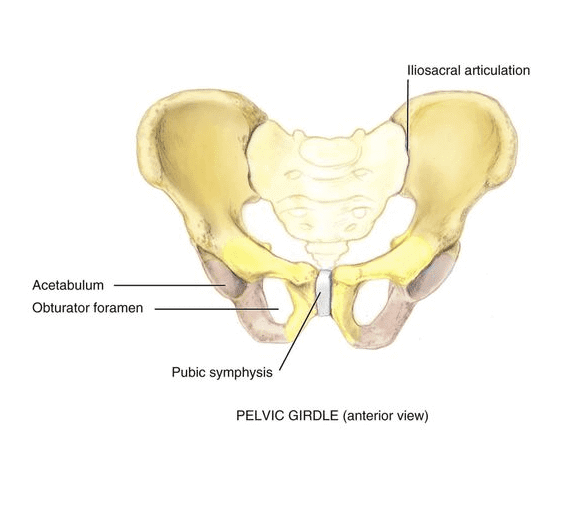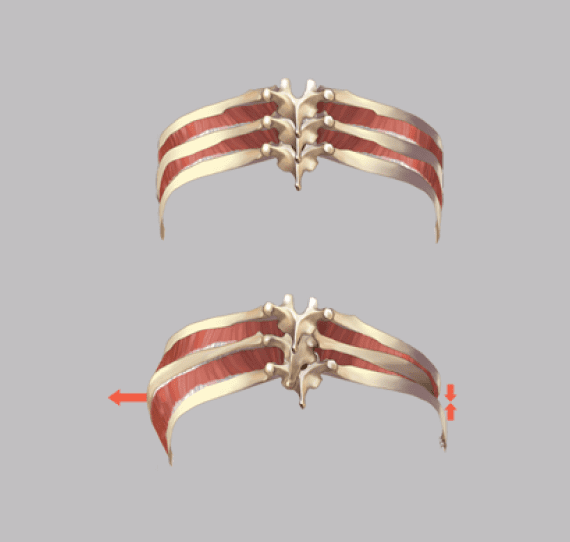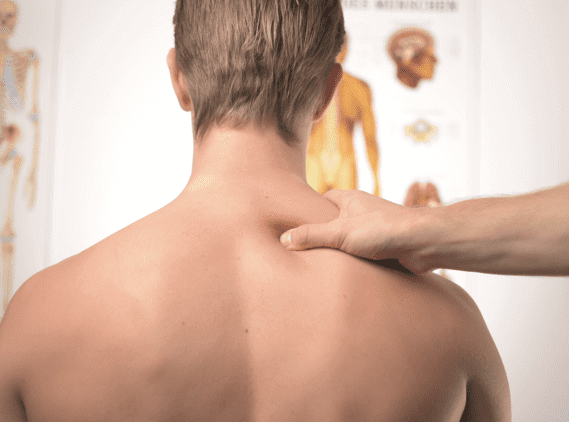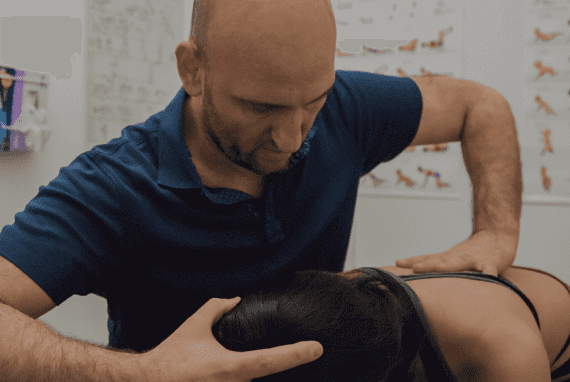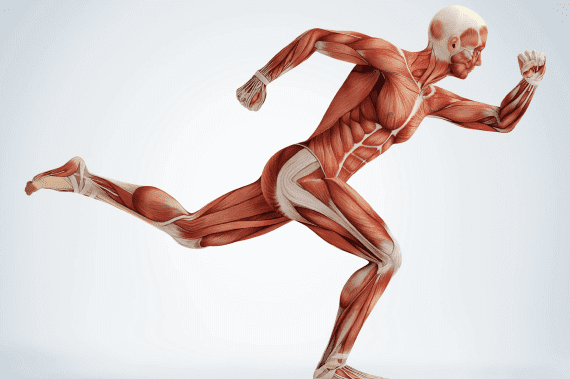Originally presented as the Integrated Model of Function in 1998 and later as the more evolved System-Based Classification for Failed Load Transfer in 2007, ISM’s designers sought to provide a way for clinicians to get a multidimensional picture of each patient, so that an individualized multi-modal treatment plan could be designed.
In 2014 the latest iteration of the model appeared as ISM. The authors modified the model because they wanted to move away from the notion of classification, as it tends to place patients in homogenous subgroups, rather than treating them as unique individuals. ISM offers a framework to facilitate health care providers in understanding and interpreting the unique needs of individual patients.
ISM takes a whole-body approach that considers the articular, myofascial, neural and visceral systems (joints, muscles, nerves and organs). But ISM moves beyond a structural analysis, providing a flexible whole-body model that is able to adapt to the changing goals and values of the individual patient, while taking into consideration the patient’s emotions and needs.
The end goal of ISM to tell the patient’s story, so that appropriate and effective treatment can be initiated.








